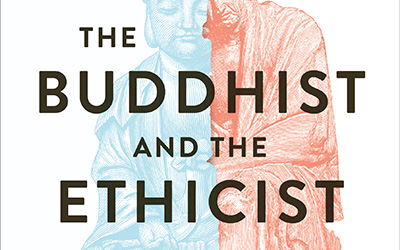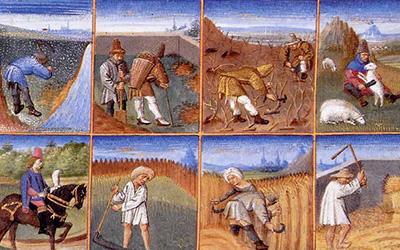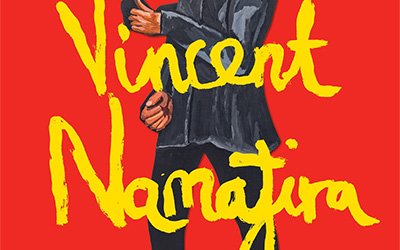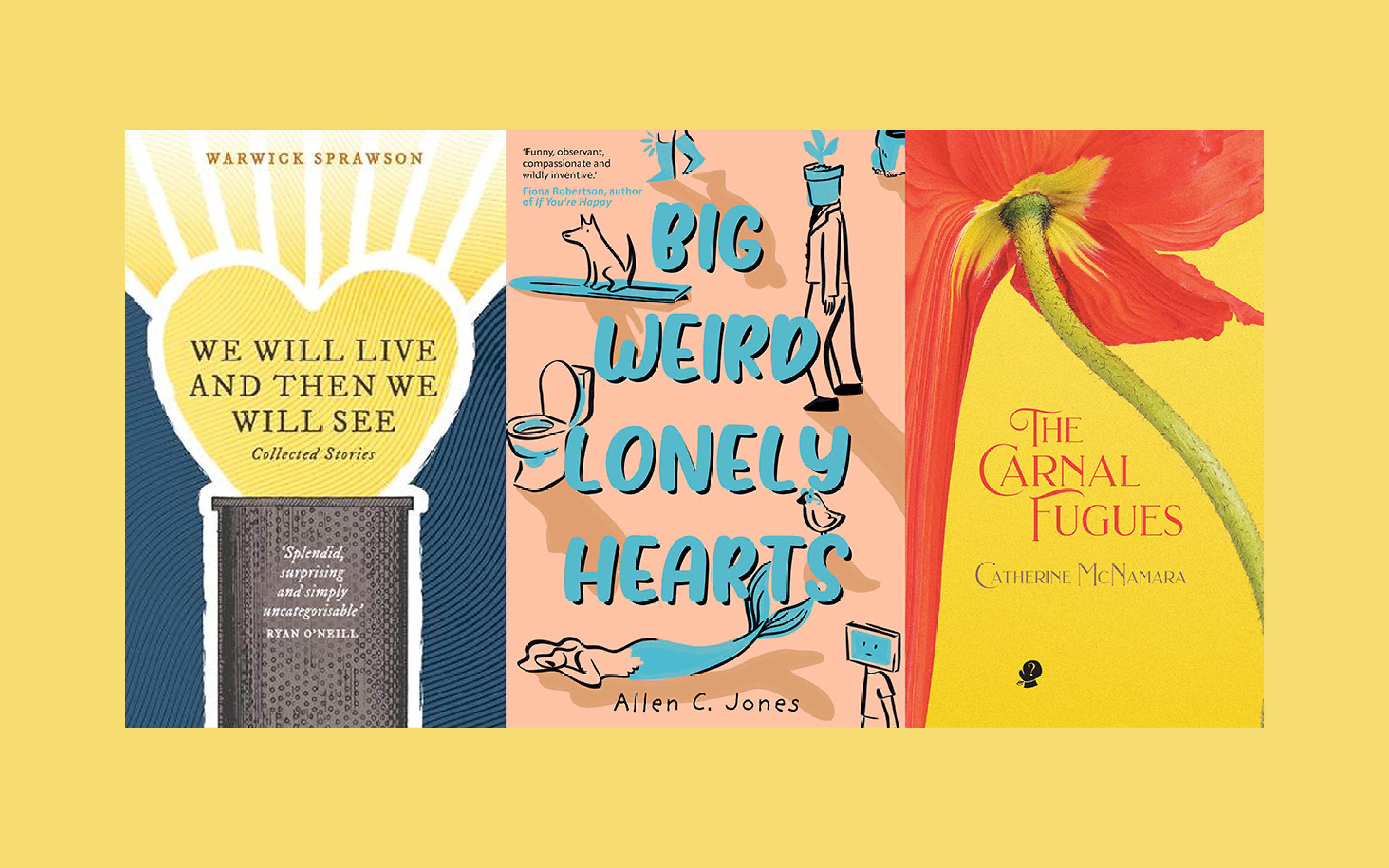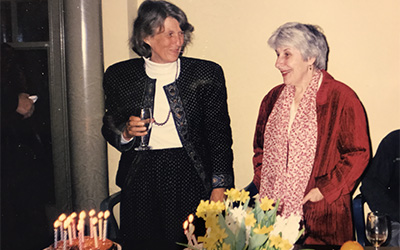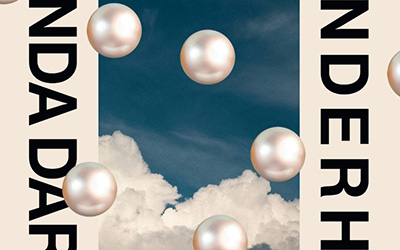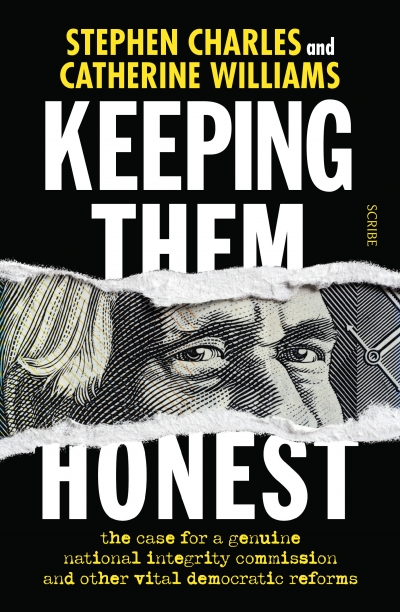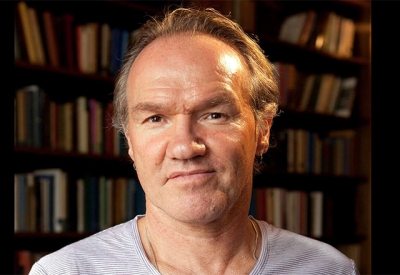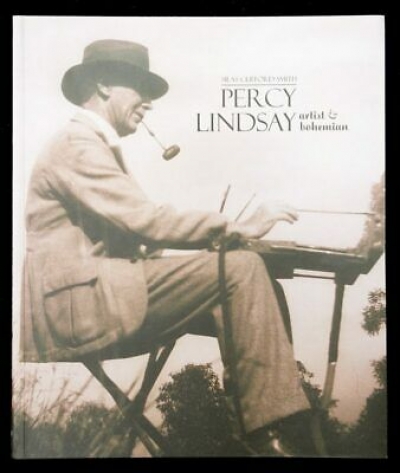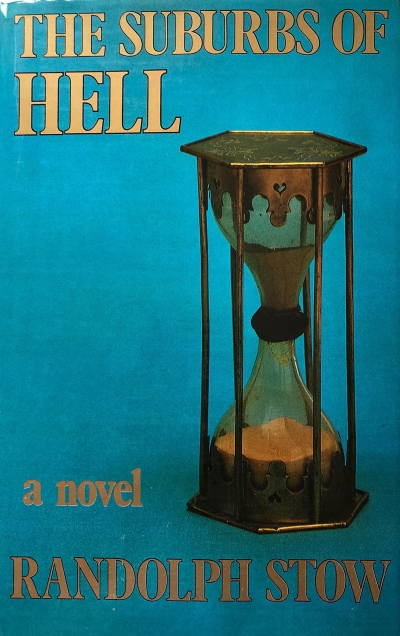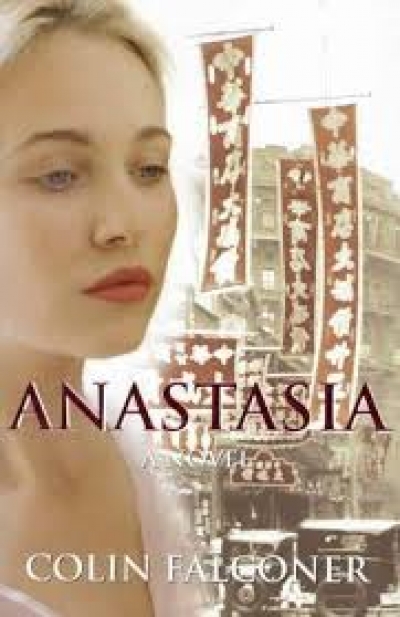Accessibility Tools
- Content scaling 100%
- Font size 100%
- Line height 100%
- Letter spacing 100%
Current Issue
Short story
Jolley Prize 2013 (Winner): 'Leaving Elvis' by Michelle Michau-Crawford
I walk in the door and Gran tells me that a month ago Leslie Mulligan was taken by a shark while trying to save a stranger. Imagine, a national hero. She actually says that. As though dying in a world of pain in an ocean filled with his own blood was a heroic choice.
Commentary
Keeping Them Honest: The case for a genuine national integrity commission and other vital democratic reforms by Stephen Charles and Catherine Williams
One of the most important pieces of public interest journalism in recent times, and one with direct relevance to Australia, was written from a prison camp east of Moscow in 2021 by Russia’s de facto opposition leader, Alexei Navalny, incarcerated by the Putin government after its failed assassination attempt on him (Guardian, 20 August 2021). During his imprisonment, Navalny had identified a pattern in the memoirs of world leaders. Integrity was never mentioned in their accounts of ‘big agenda’ policy successes, only failures. The argument that pervasive corruption in the government of Afghanistan explained the failure of Western intervention there is one example. Navalny said the pattern invited an obvious question.
The ABR Podcast
PODCAST
The ABR Podcast
The ABR Podcast is released every Thursday and features reviews, poetry, fiction, interviews, and commentary. Subscribe via iTunes, Google, or Spotify, or your favourite podcast app.
Interview
Open Page with Tony Birch
Interview
Open Page with Christine Piper
Interview
Sandy Grant is Publisher of the Month
From the Archive
Percy Lindsay: Artist & Bohemian by Silas Clifford-Smith
Percy Lindsay was the eldest and least well-known of the remarkable Lindsay brothers (the others were Norman, Lionel, and Darryl). He was born at Creswick, Victoria, in 1870, where he received his initial artistic training before moving to Melbourne in 1895. It was there that year that he first exhibited paintings, in a group show that included such luminaries as David Davies, E. Phillips Fox, and Walter Withers (the latter also taught him). Lindsay continued exhibiting his paintings until 1951: he had seven solo exhibitions between 1926 and 1935. In 1901 he took up illustrative work, which he produced for the remainder of his career. Lindsay married in 1907 and moved to Sydney in 1918, where he lived until his death in 1952.
From the Archive
The Suburbs of Hell by Randolph Stow
Randolph Stow’s latest novel, The Suburbs of Hell, may be read as a simple whodunit: a simple allegorical Whodunit. Like Umberto Eco’s The Name of the Rose, like David Lodge’s Small World, this novel sets out to intrigue the reader. The new genre, nouvelle critique, teases the reader’s vanity, the reader’s erudition at the same time as it engages with questions of a metaphysical kind – the nature of truth, reality, and for those concerned with literature – the purpose of writing today.
From the Archive
Anastasia: A novel by Colin Falconer
What’s a nice girl called Anastasia doing in the Whangpoa River? Maybe she’s the daughter of the last tsar who everyone thought was dead, or maybe it’s just a girl who looks like a Russian princess and happens to have the same name. If the proposition sounds familiar, be assured by Colin Falconer that Anastasia Romanovs were thick on the streets of Shanghai after the White Russian diaspora of 1917–18.





